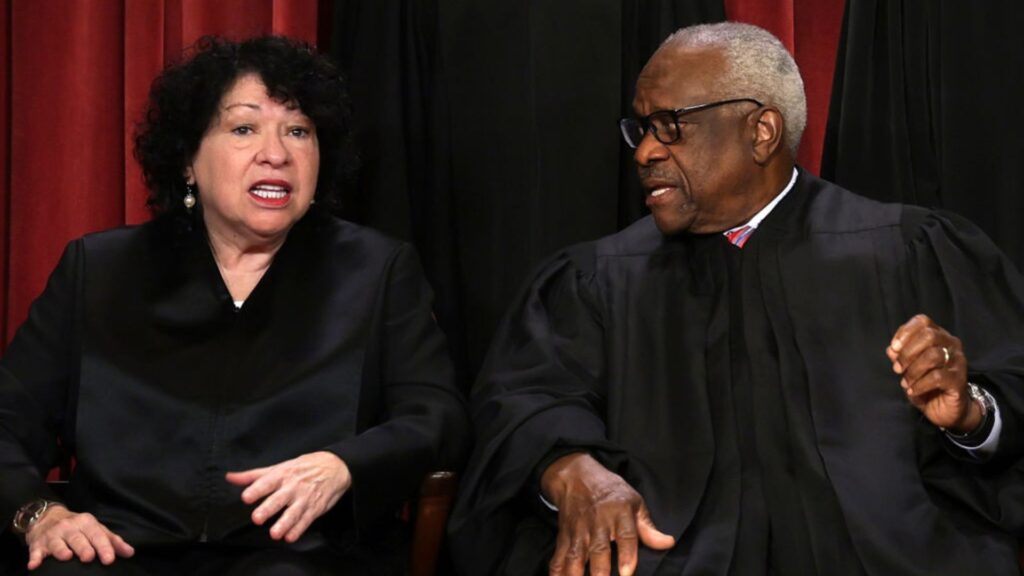Supreme Court Justice Clarence Thomas has urged his colleagues to consider a challenge to the authority of the Occupational Safety and Health Administration (OSHA), which has led to widespread reaction on social media.
This follows the Supreme Court’s decision not to hear an appeal from Allstates Refractory Contractors after a lower court dismissed the company’s lawsuit against OSHA.
The Origin of the Controversy

The lawsuit initiated by Allstates Refractory Contractors challenged the constitutionality of OSHA’s powers as outlined by the 1970 federal law, arguing that it infringes on Article 1 of the U.S. Constitution.
This article delegates legislative powers exclusively to Congress, not to any other branch of the federal government.
What Can OSHA Do?
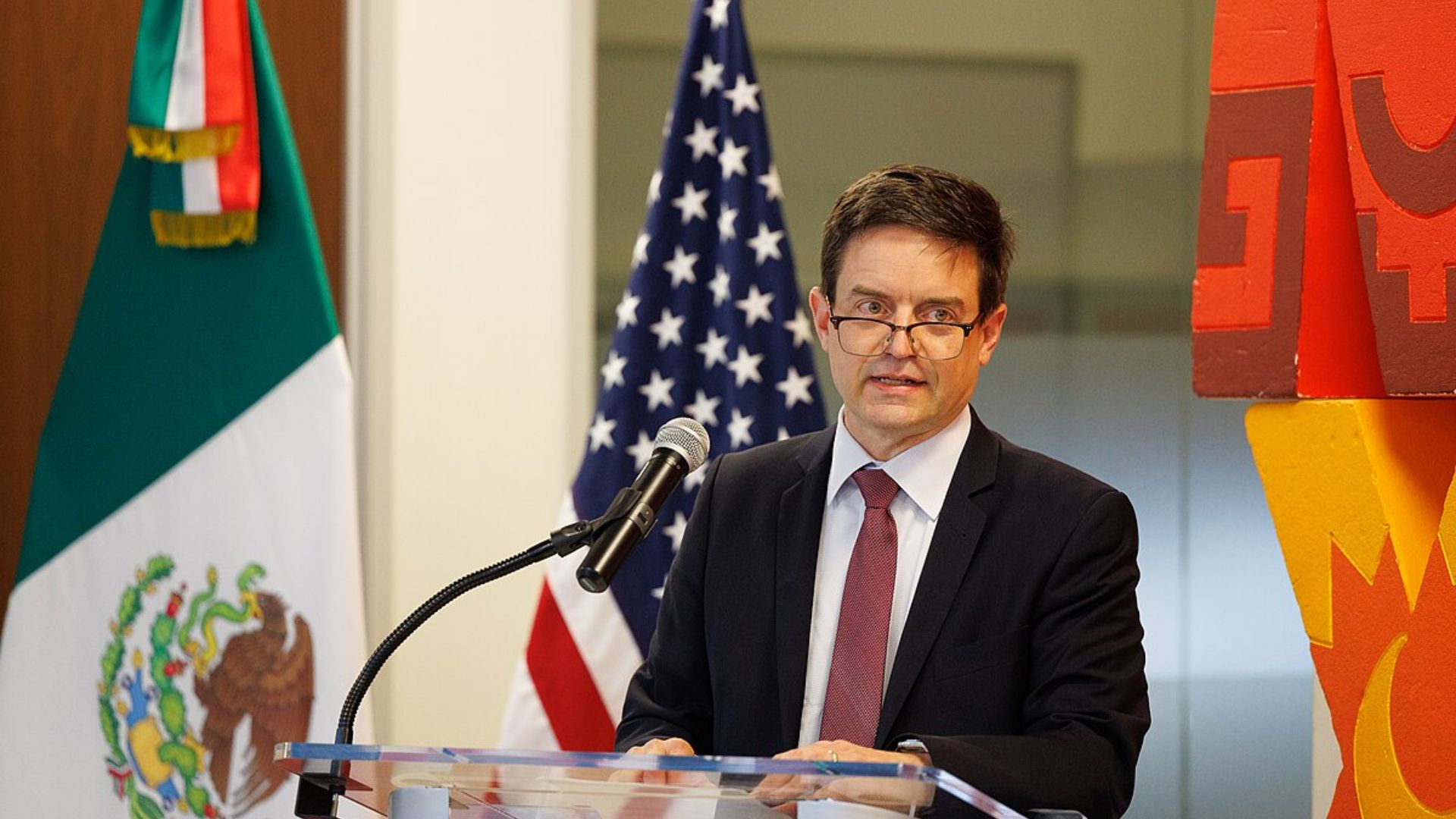
The Occupational Safety and Health Administration is a federal agency that sets and enforces compliance to workplace regulations.
OSHA is part of the Department of Labor and is headed by its Assistant Secretary of Labor, Douglas L. Parker. This agency answers to the Secretary of Labor, who is a cabinet member of the United States. It also provides training, education, outreach, and assistance with both state and federal branches.
The Original Lower Court Case
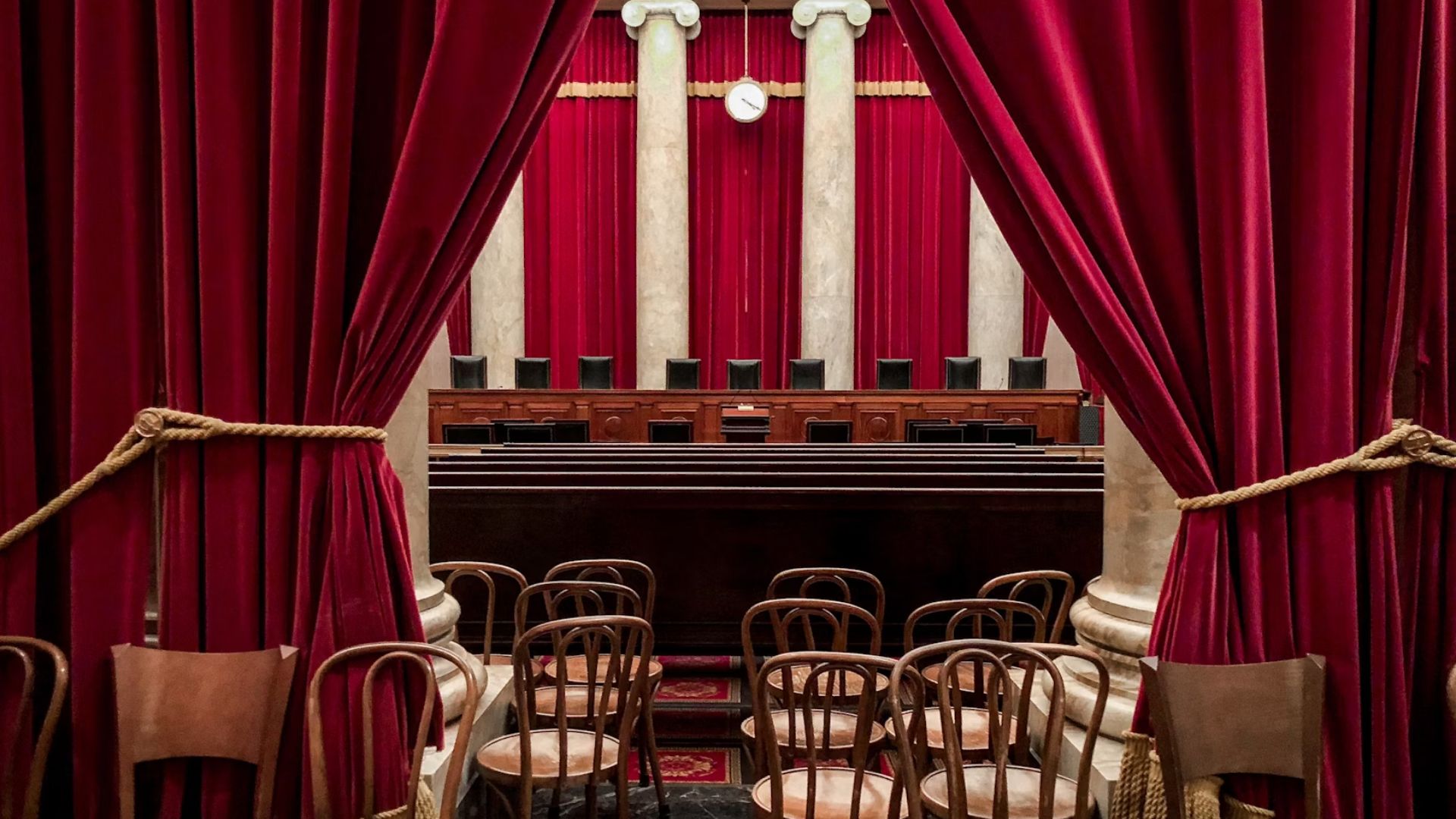
The original case that the Supreme Court refuses to hear is about a fine imposed by OSHA on Allstates Refractory Contractors, an Ohio-based firm.
The fine was used after a worker was injured by a broken catwalk on a worksite. In response, Allstates Refractory Contractors sued the Biden administration, claiming that OSHA’s ability to set “reasonably necessary or appropriate” workplace safety regulations violates congress’ lawmaking authority, according to the Constitution.
This Case Sought To Gut The Regulatory Agency

The Ohio-based company is a contractor for the glass, metal, and petrochemical industries (particularly in providing furnace services).
A broken catwalk caused a piece of equipment to fall on a worker, injuring them in 2019. In response, OSHA issued a fine of $5,967 against the company. That is when Allstates sought to sue under the logic that Congress unconstitutionally delegates regulatory rulemaking authority to OSHA by allowing them to set the rules for U.S. businesses.
The Lower Court Rejected The Case

GOP-backed construction contractors, Allstates Refractory Contractors, appealed the fine to a lower court with the argument that OSHA has too much legislative power when lawmaking power should be delegated to the executive.
Upon having their case dismissed, they appealed to the Supreme Court, hoping the Conservative-majority court would hear their case. This hope was grounded in the Supreme Court’s record of ruling against executive-branch regulatory agencies.
Why Did The Court Of Appeals Throw Out The Case?

Before reaching the Supreme Court, the case went through the sixth U.S. Circuit Court of Appeals.
The court ruled last year that the 1970 federal law (which gave OSHA the authority to issue workplace safety standards) is valid as it limits the agency’s oversight to workplace safety. The law also establishes a set of principles that must be adhered to.
Minority Opinion in the Supreme Court
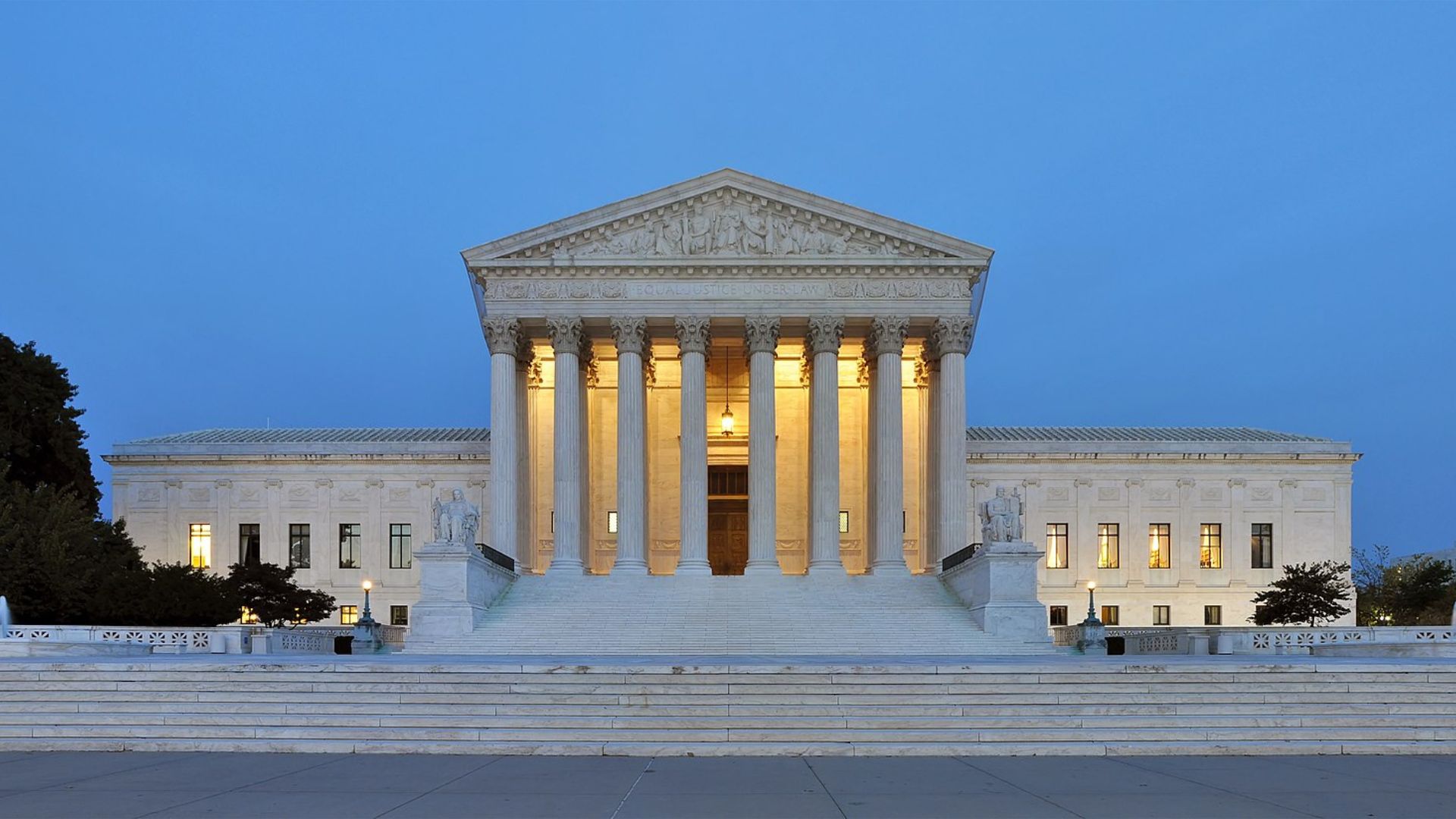
Only Justices Clarence Thomas and Neil Gorsuch showed interest in taking up the case against OSHA.
In his opinion, Justice Thomas stated, “The question of whether the Occupational Health and Safety Administration’s broad authority is consistent with our constitutional structure is undeniably important.”
The Scope of OSHA’s Authority
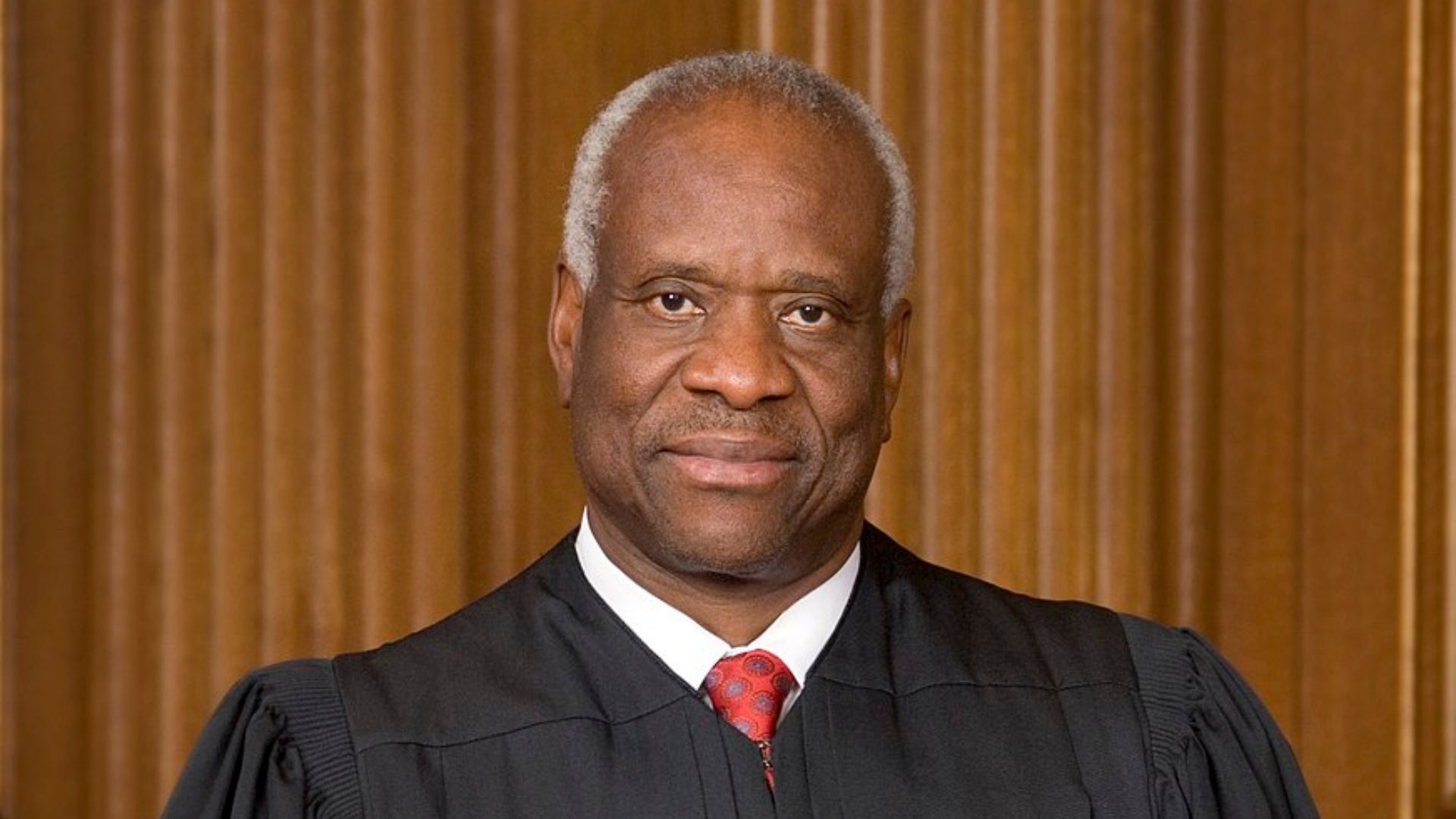
In his dissenting opinion, Justice Thomas expressed concern about the extent of OSHA’s powers.
He noted, “The Occupational Safety and Health Act may be the broadest delegation of power to an administrative agency found in the United States Code.”
Public Outcry on Social Media
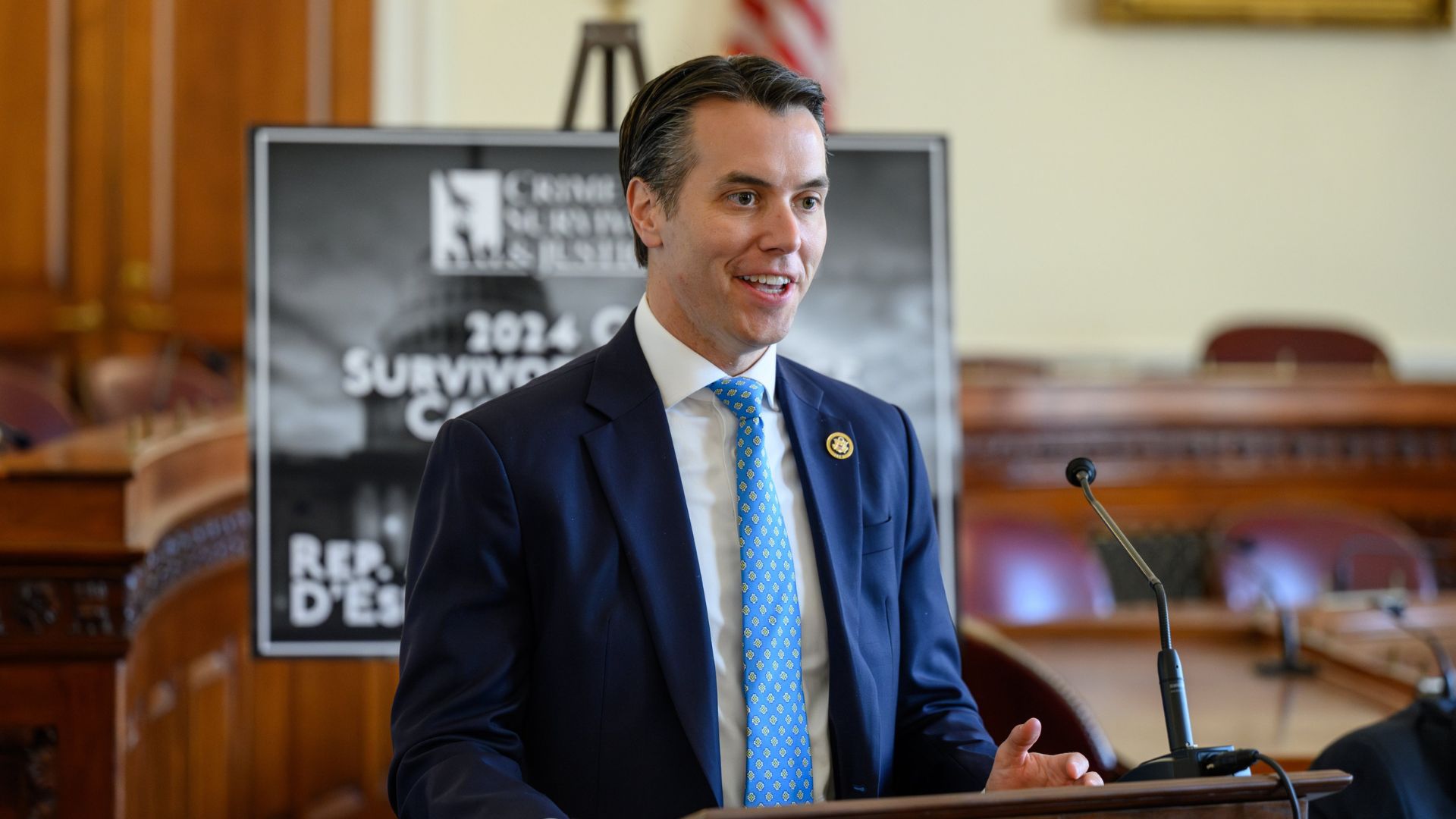
The public’s response on social media was predominantly negative, with many expressing alarm at the potential weakening of OSHA.
Representative Morgan McGarvey voiced his concern on X, formerly known as Twitter, saying, “They’re not even hiding it anymore.”
Celebrity Commentary on the Issue

Actor Douglas Griffin, reflecting on his past as a machinist before turning to acting, criticized the potential undermining of OSHA.
He stated on social media, “OSHA regs save countless lives everyday. This is absolutely nuts. Thomas is detached from the realities of hard work.”
Concerns from the Workforce

The discussion extended beyond legal circles, touching those directly affected by OSHA’s regulations.
One individual remarked on X about the personal impact of such changes, “Eliminating OSHA will result in me becoming unemployed, as companies won’t have a need to hire safety managers anymore.”
Widespread Alarm
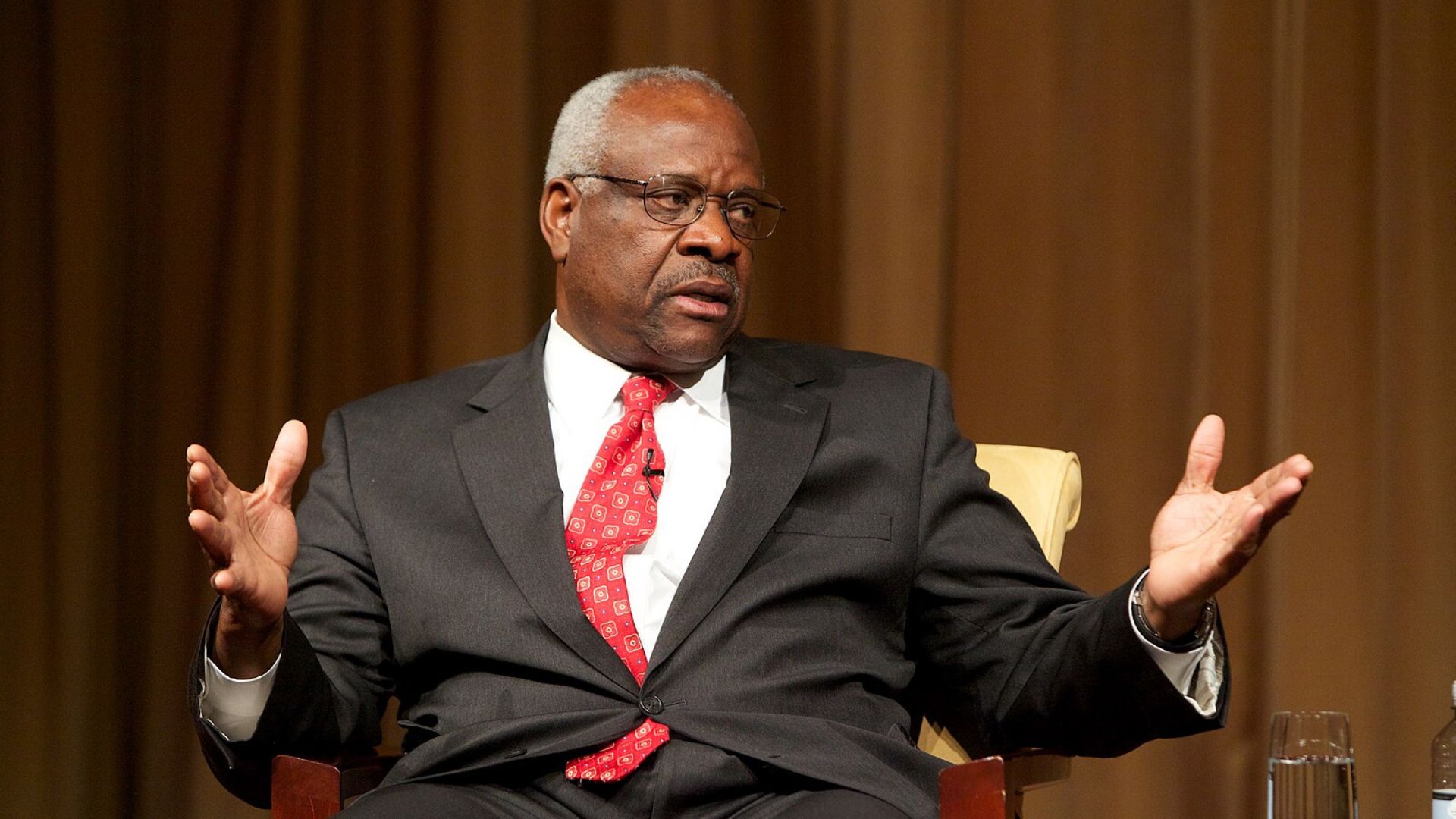
Natalie Louise Shorter expressed her dismay succinctly, stating simply, “My God.”
Her reaction illustrated the severity with which some viewed Justice Thomas’ willingness to reconsider the case.
This Decision Is An Exception To The Supreme Court’s Record
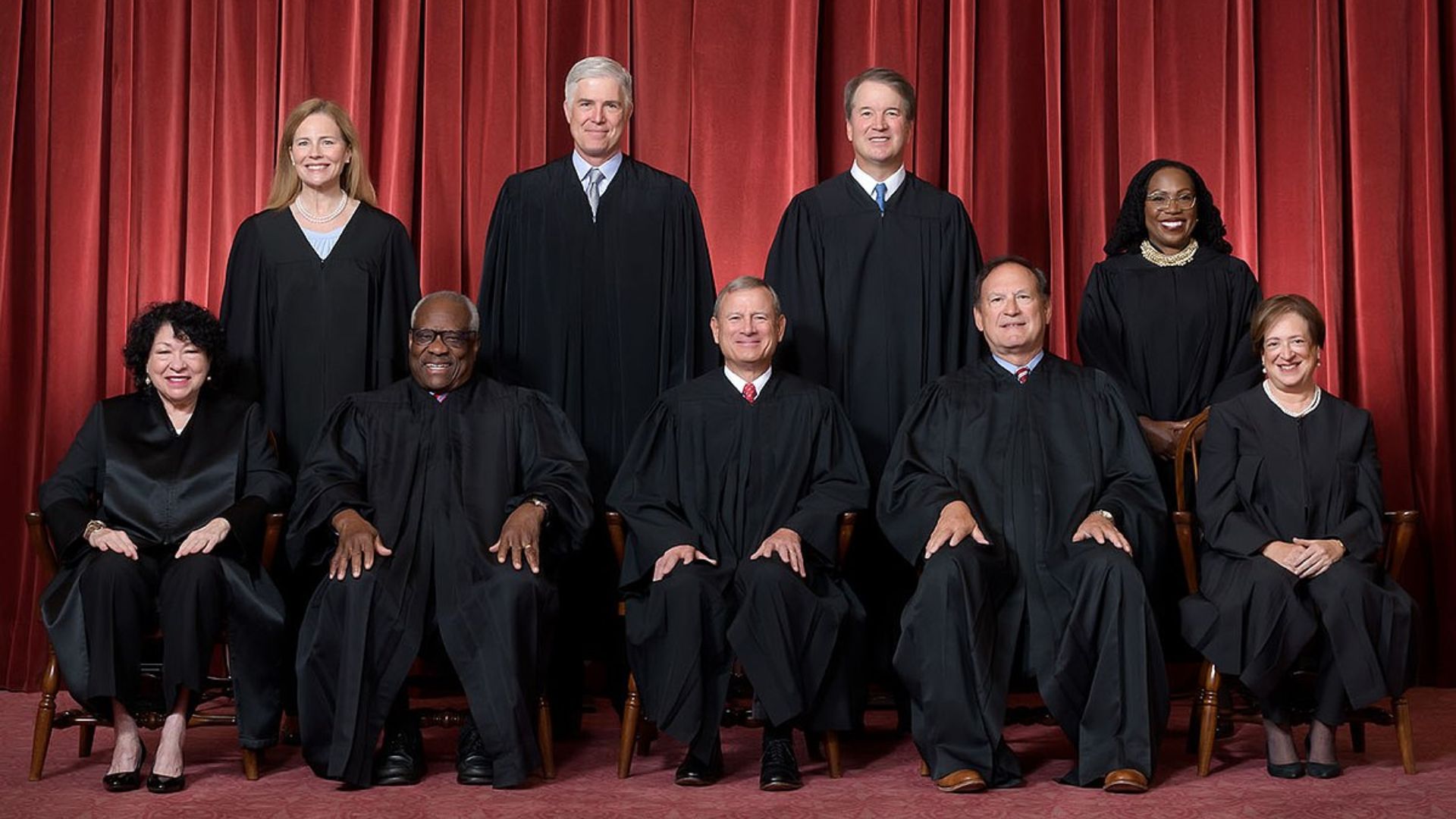
Allstates Refractory Contractors appealed to the Supreme Court with high hopes that the Conservative bloc would look at their case favorably due to their previous record with regulatory agencies.
Recently, a Supreme Court decision upended the Chevron doctrine, a 40-year legal framework that directed courts to defer to the expertise of federal agencies like OSHA or the FDA. The justices have decided that courts have the final say over highly technical regulations.
Coincidental Timing with OSHA Proposals

Critics noted the timing of Thomas’ remarks coincided with OSHA proposing new rules to protect workers from extreme heat due to climate change effects.
This suggests that the stakes were particularly high.
Judicial Challenges Have Slowed Down OSHA’s Ability To Assign Rules

The various challenges that OSHA has taken on over the years from both lawsuits from private companies and the Supreme Court means that they have already been relatively disempowered over the decades.
According to the Government Accountability Office, the time it took OSHA to develop and issue safety and health standards has ranged from 15 months to 19 years between 1981 and 2010. The average standard takes seven years to be set.
Questions of Judicial Integrity
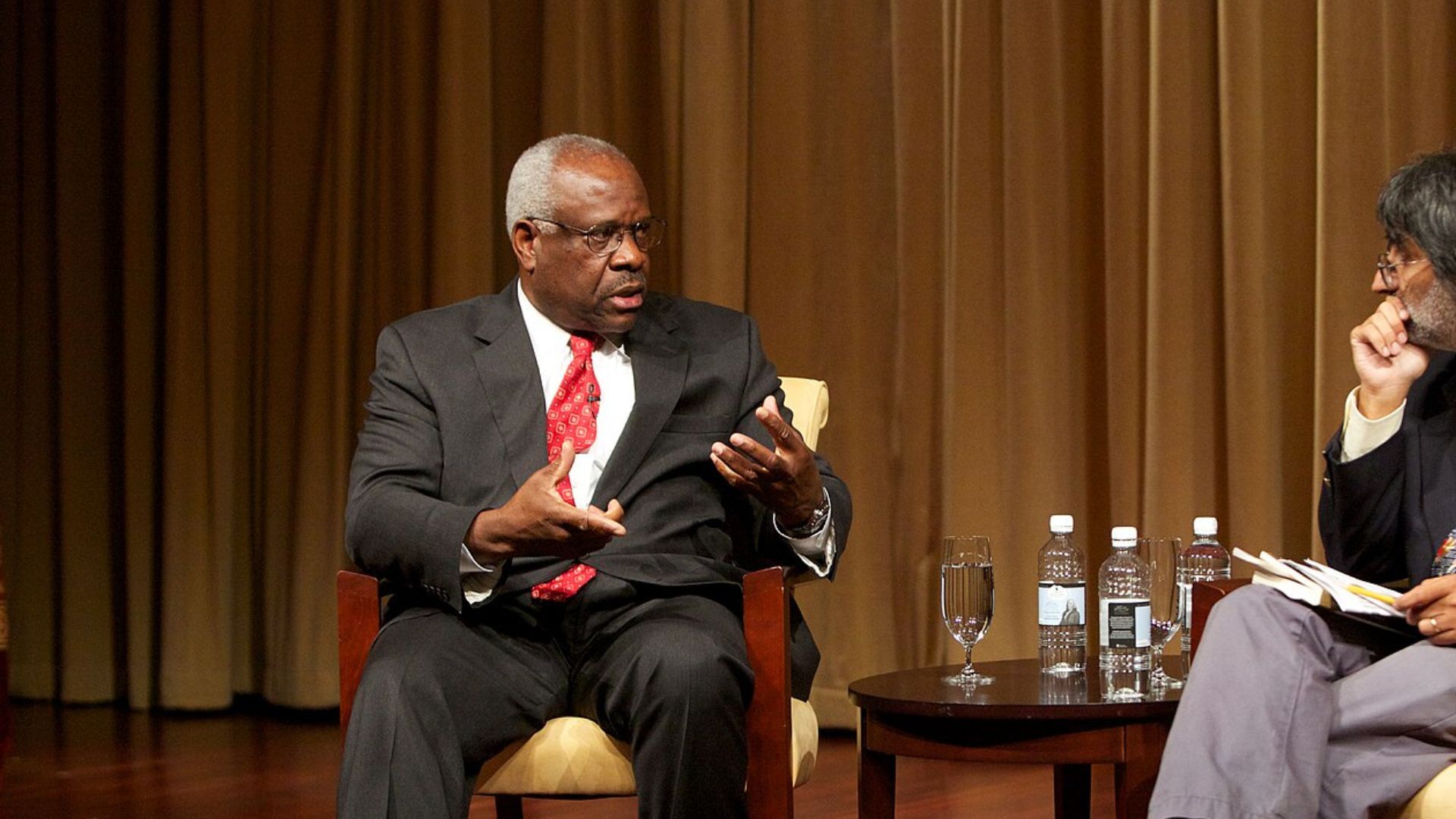
Justice Thomas has been criticized for not reporting luxury trips funded by wealthy benefactors, raising questions about the potential influence of money on judicial impartiality.
This comes as the court only recently adopted its first code of conduct amidst various scandals.
The Company Was Heavily GOP-Backed
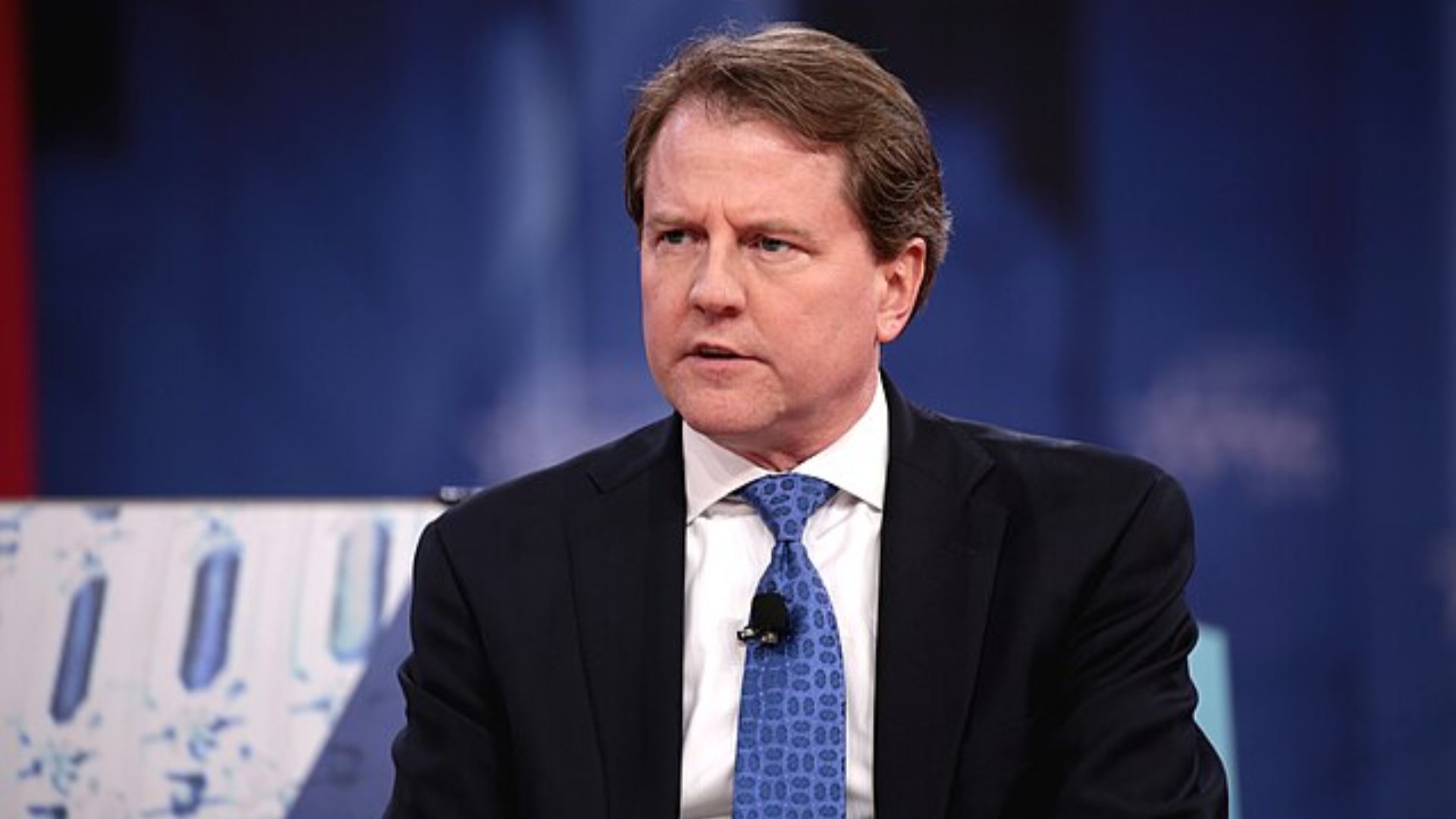
The Ohio-based construction contractor company was already entangled in GOP politics. Allstates hired former President Trump’s White House counsel, Don McGahn, as their lawyer.
The company’s case was also supported by more than 20 Republican Attorneys General. To some politicians, the company’s aim to undermine the regulatory authority of OSHA was a very enticing idea that they were eager to back.
A Defining Supreme Court Term
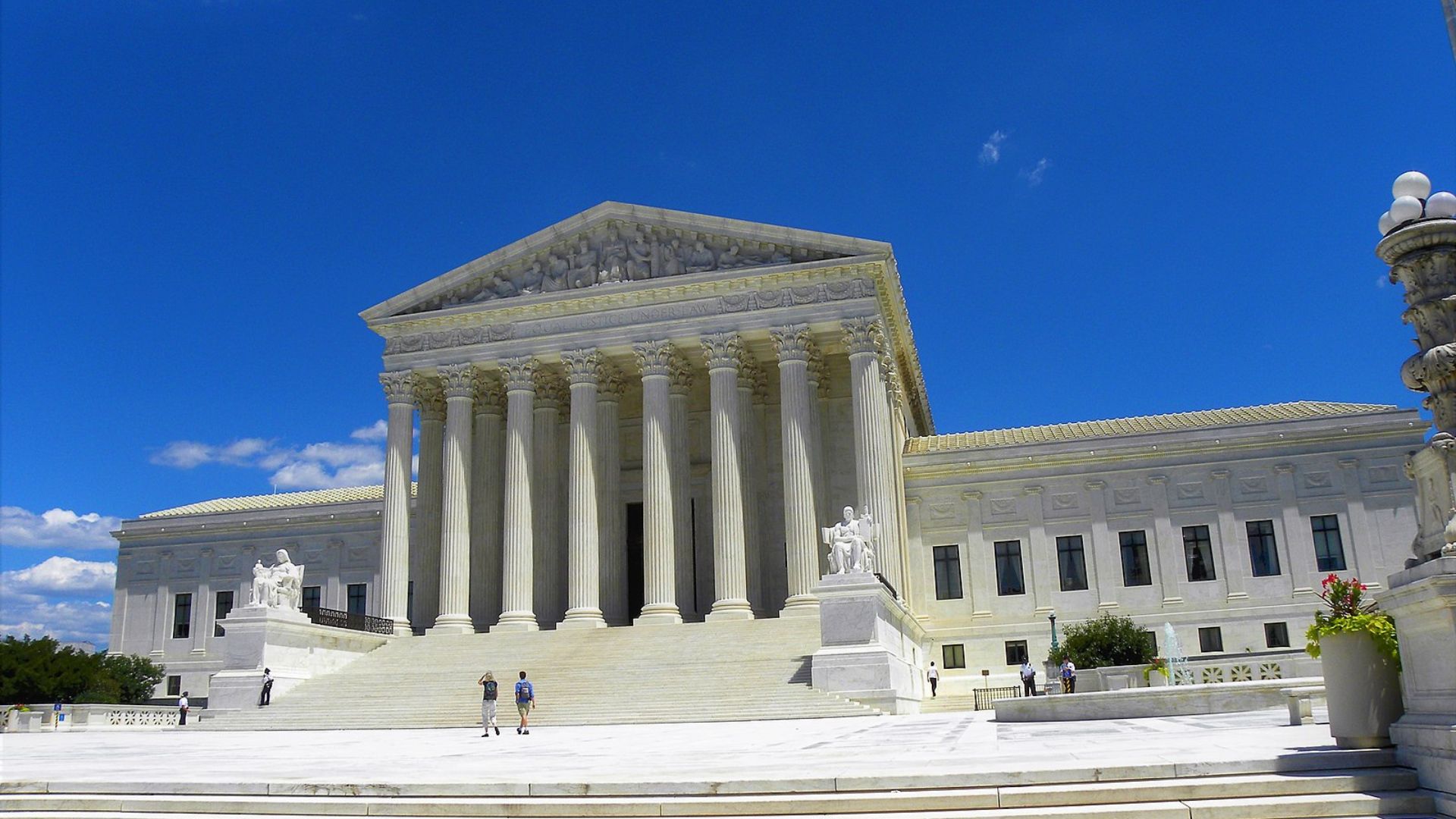
During this term, the conservative majority of the Supreme Court issued several significant rulings that have reshaped the power dynamics of federal regulatory agencies.
These decisions have ignited discussions concerning the extent and role of governmental authority across various sectors.
This Is Not OSHA’s First Challenge

The contractor business was banking on a receptive audience to hear their case against OSHA in order to rein in the rulemaking authority that the federal agency has to regulate businesses.
This is not the first time companies have done this, as OSHA has survived challenges to its rulemaking authority in 2011 and 1978. While OSHA remains safe after this hearing, the agency has taken several hits over the decades.
The Supreme Court Has Challenged OSHA’s Authority Historically

Previous challenges from the Supreme Court have both ended in the protection of OSHA’s and enforcing a stricter criteria to introduce new regulations.
In 1978, OSHA issued a standard to limit workers’ exposure to cotton dust which the Supreme Court upheld. In another standard in 1977 wherein OSHA proposed a reduction in permissible exposure to benzene, the court imposed stricter procedures on justifying new regulations. However, Thomas’s comments reject OSHA’s rulemaking authority as a whole.
The Broader Impact of Thomas’ Dissent
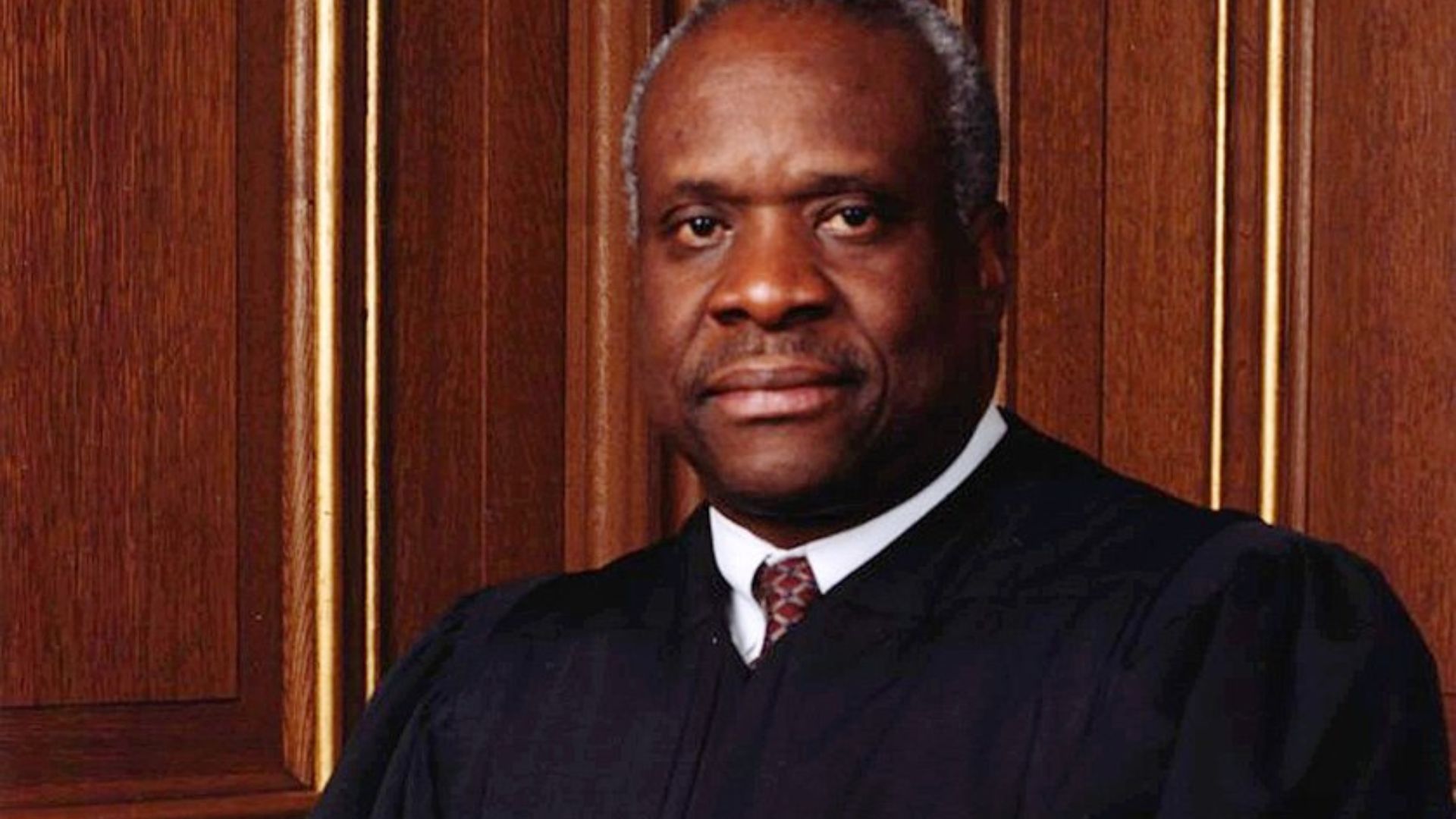
While the Supreme Court ultimately decided not to hear the OSHA-related case, Justice Thomas’ dissent signals ongoing debates about the limits of federal regulatory powers.
This dissent hints at future legal battles that could further define or restrict the reach of federal agencies like OSHA.
Thomas And Gorsuch Are Not The Only Ones
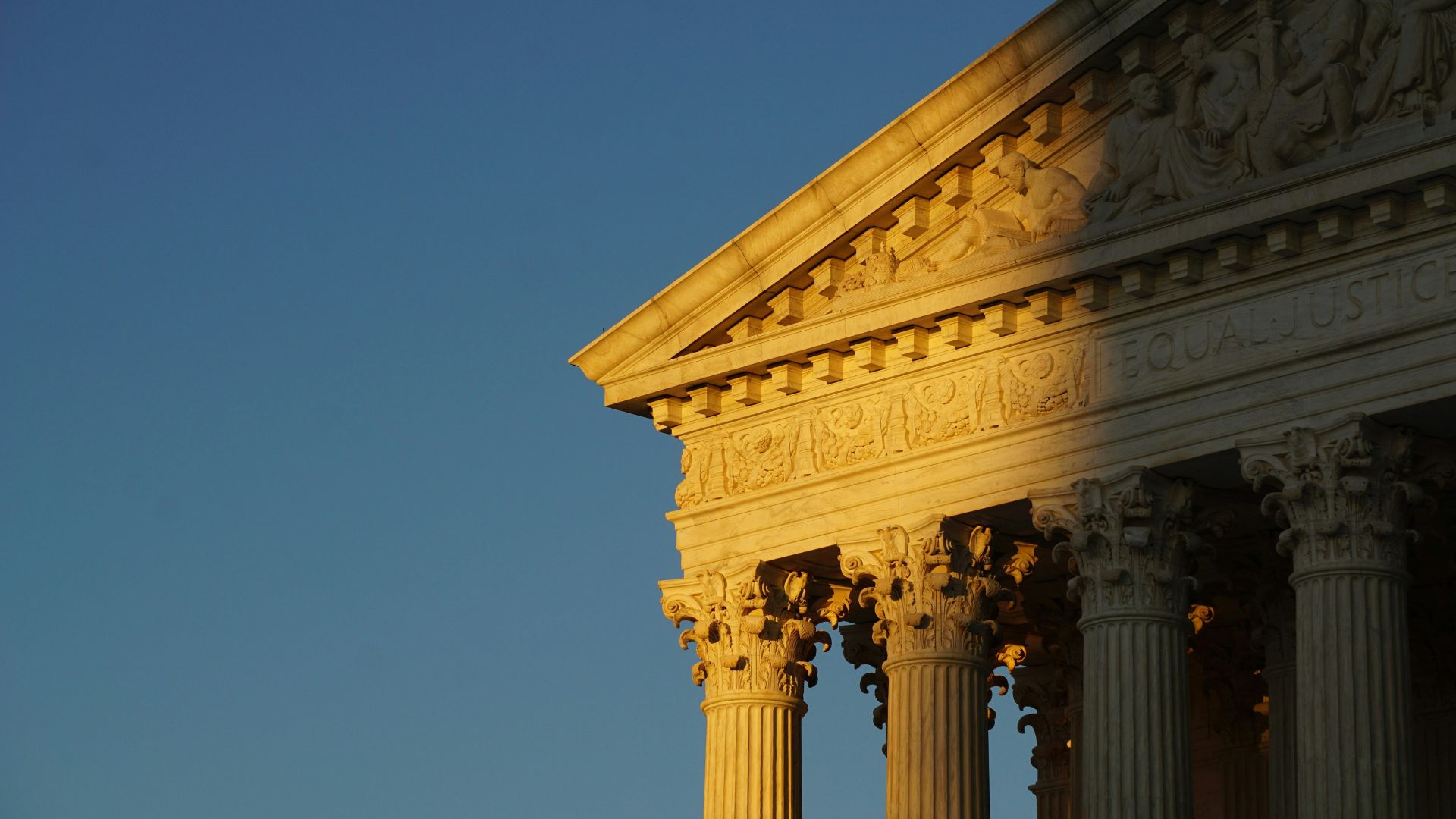
According to The Hill, Justice Clarence Thomas and Gorsuch are not the only ones who would otherwise be interested in a case that would question the legislative reach of OSHA.
Thomas said that Chief Justice John Roberts and Justices Samuel Alito and Brett Kavanaugh have shown interest in “reconsidering this Court’s approach” to how Congress delegates power to federal agencies.
Thomas Clarence’s New Legal Target
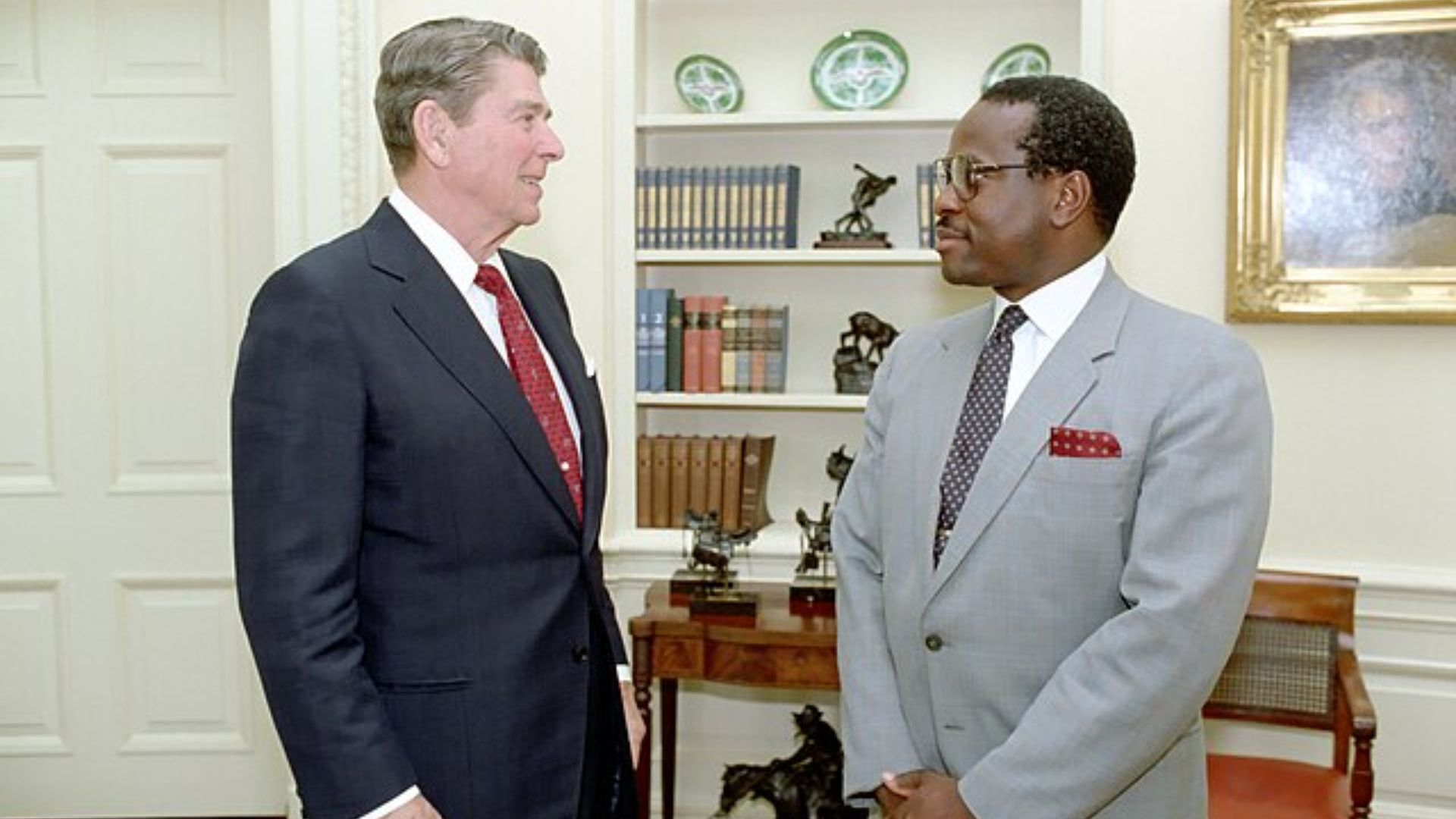
Thomas and Gorsuch were the only two Supreme Court justices who would have accepted the case if it were solely up to them. According to Business Insider, OSHA is an agency that Thomas would like to see abolished.
Thomas wrote: “Congress purported to empower an administrative agency to impose whatever workplace-safety standard it deems ‘appropriate.’ That power extends to virtually every business in the United States.”
